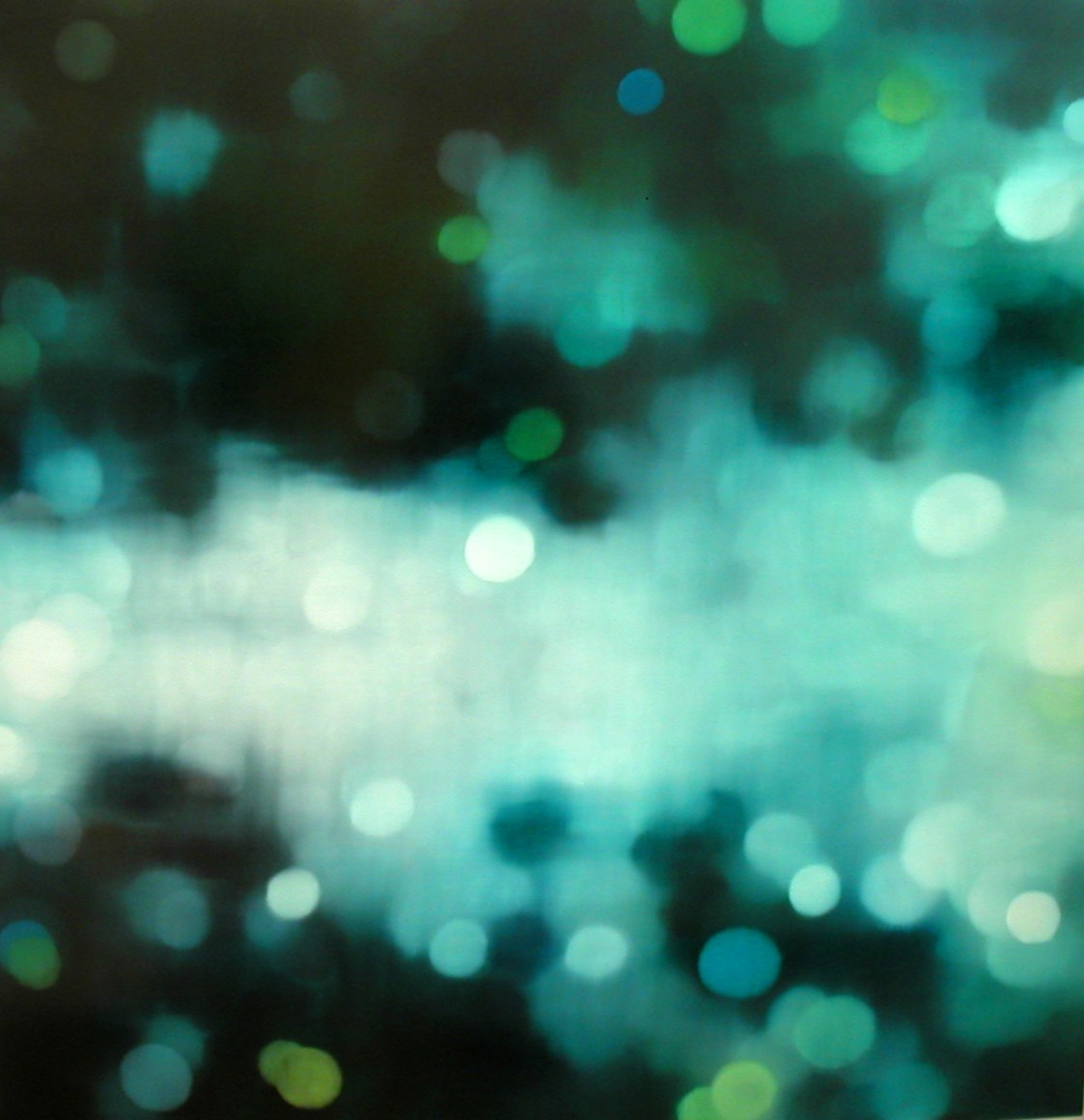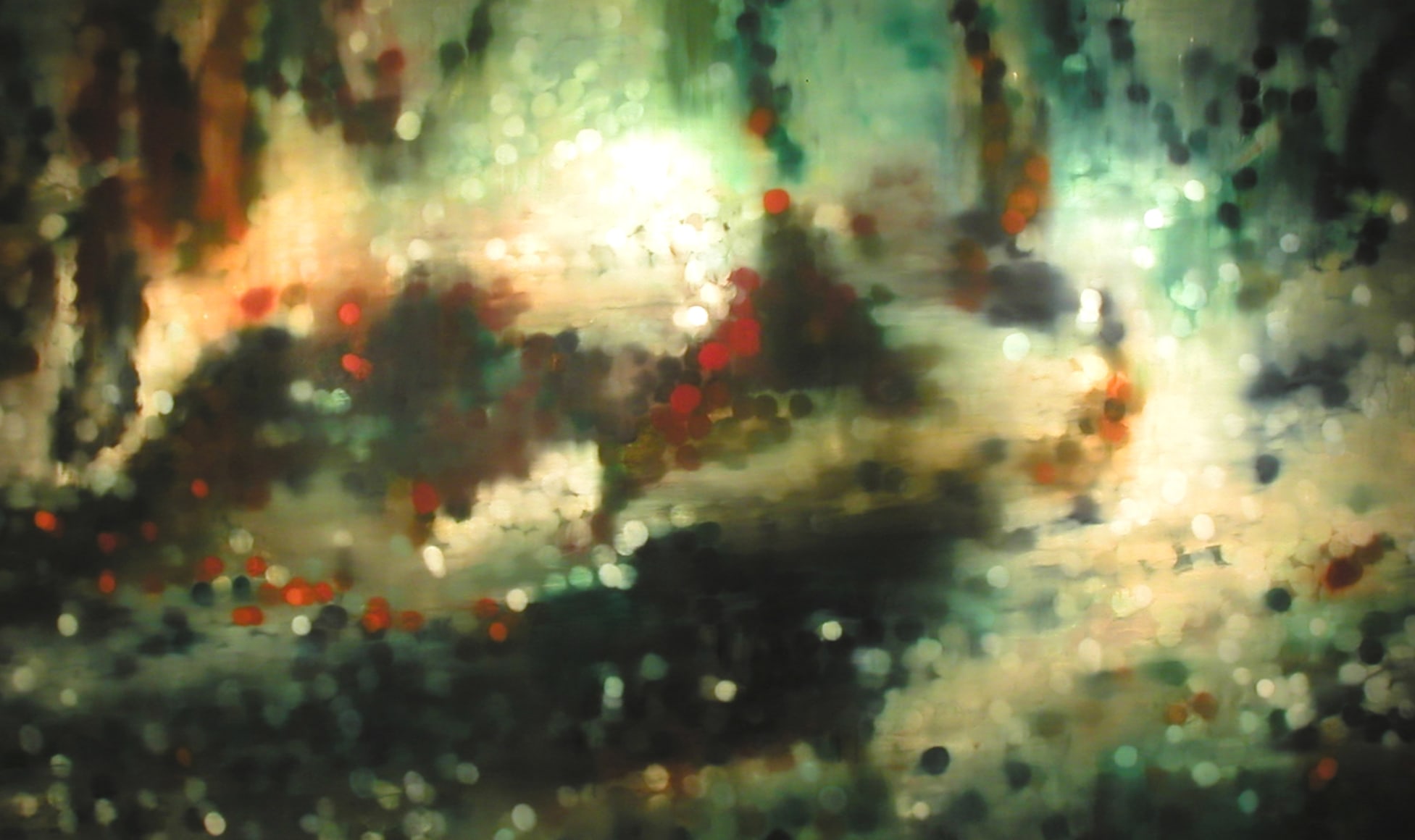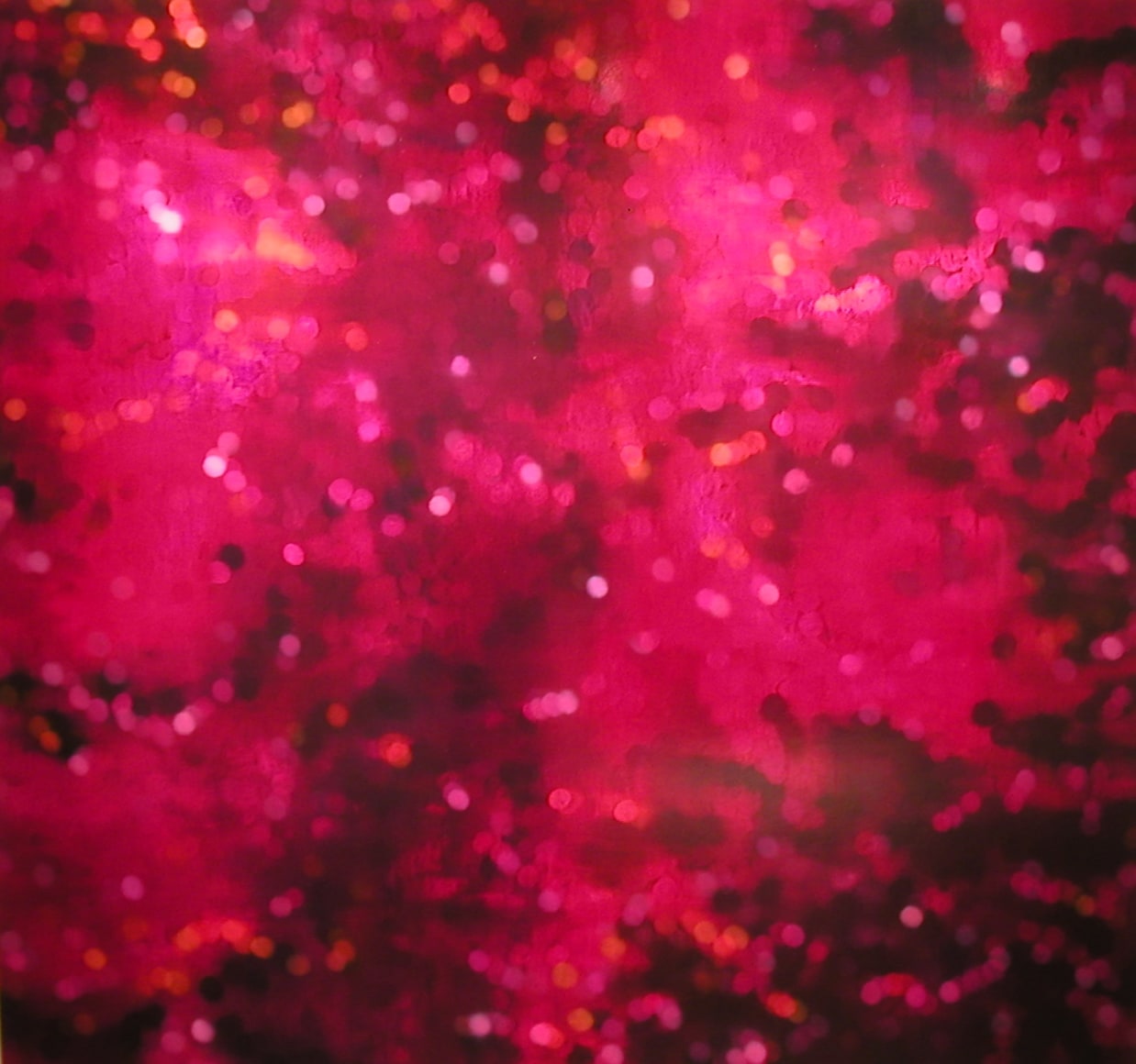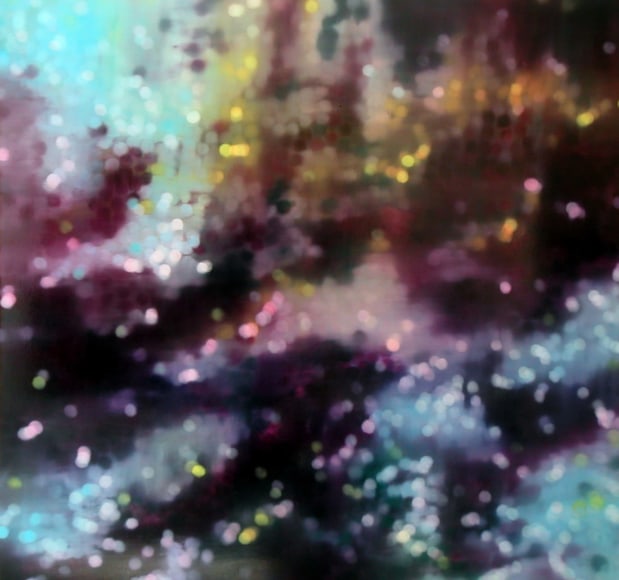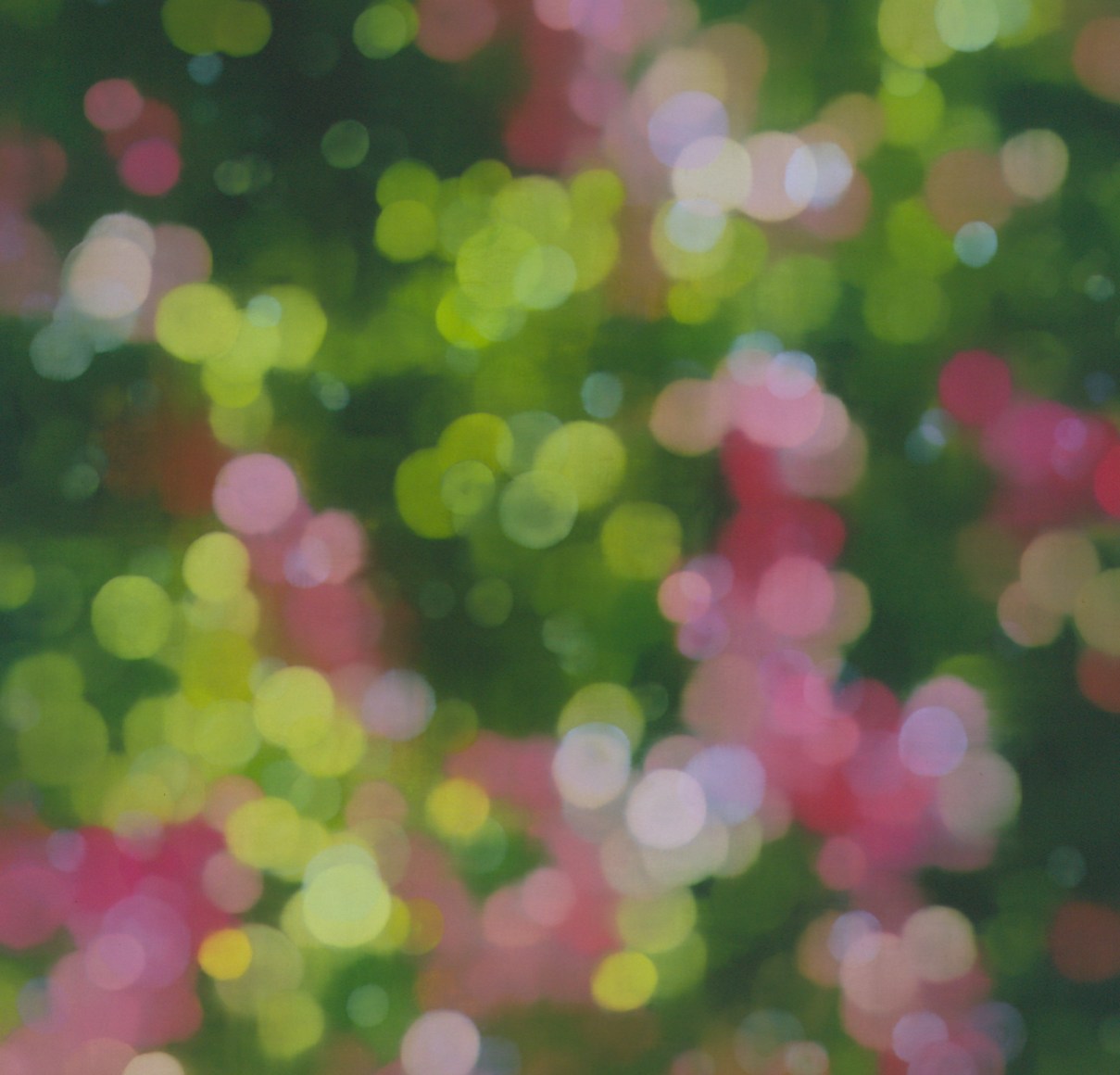Slowly, and with little fanfare, we seem to be losing our capacity to experience the simple pleasures. Simple pleasures, unlike your average lithesome movie star, airbrushed pop idol, or tony Bel Air mansion, have their own innate defense mechanisms, their own instincts toward self preservation that allows, say, a simple tree buffeted by the wind or the pregnant buds of a typical perennial orphaned in a florist’s window, to elude the camera eye. Nature, you might say, has learned to bob and weave, to duck the glare of popping flashbulbs, the homogenizing look of glossy magazine spreads, or the 23 minute format of your average reality television show. One blade of grass, it seems, to register in the choking data-smog of the urban imaginarium, must be experienced as a hallucinated grotesque, some kind of mutant anomaly or alien species expertly explained away by the latest pop-science jargon. Yet, even the most exceedingly prostrate art nouveau fan boy with his wild orchids pressed between a frayed scrapbook, or the ectomorphic labial folds of a giant cala lily do little to capture the barest majesty of a single oak or pine. The trees, as Angelina Nasso will tell you, have squirreled themselves away in the anonymous nooks and shadowy crannies of the city, because they want to preserve their dignity, recapture the vanished pride lost in all the paradise vacation getaway brochures, the grid of thumbnailed jpegs, and the Conde Nast armchair travel fantasies.
Nasso, in order to generously record rather than opportunistically exploit what’s left of the pastoral world creeping weed-like around the multiplex, smartly intuits that we have just two choices: squint quizzically from a very great distance or peer up close with minimal intervention. This is the essence of her paintings: both microscope and telescope, to be sure, but translated through the natural lens of her naked eye. Nasso, like you and I, has no doubt witnessed the recent explosion of images downloaded from the web, tinkered with in PhotoShop, set to a pulsing ambient beat in QuickTime, and then set on pause so that one’s brush can better capture the arrested motion and constant flux of an accelerated culture. And what of it, she might say? When art fails to predict or foreshadow the culture at large and simply just mirrors it, clearly it’s time to dispense with the consumer electronics and investigate the properties of natural light, the frayed edges of a leaf or stem as it brushes up and bobs against its constituent parts. Once upon a time, they called this practice composition, and, believe it or not, it was actually taught in Academies where Nasso, with her soft-focus lozenges of color and her melancholy morphologies of shadow would certainly have thrived. Of course peeling away nature’s camouflage to get at its essence requires patient looking, the kind of time measured in concentric rings rather than hourly chimes on a cheap Casio watch. Nasso, by blocking out the din of pixilated fashion has rendered in a soft focus post-impressionist style, not the natural world’s polygonal superstructure, but the infinite relay between aura and optics.

